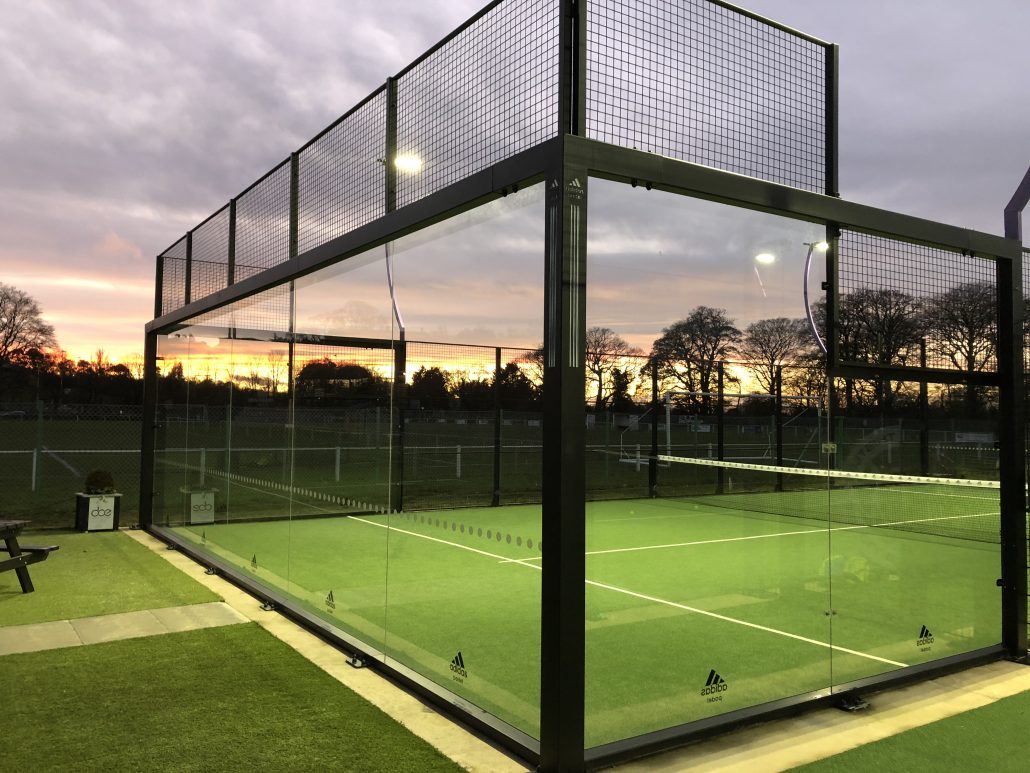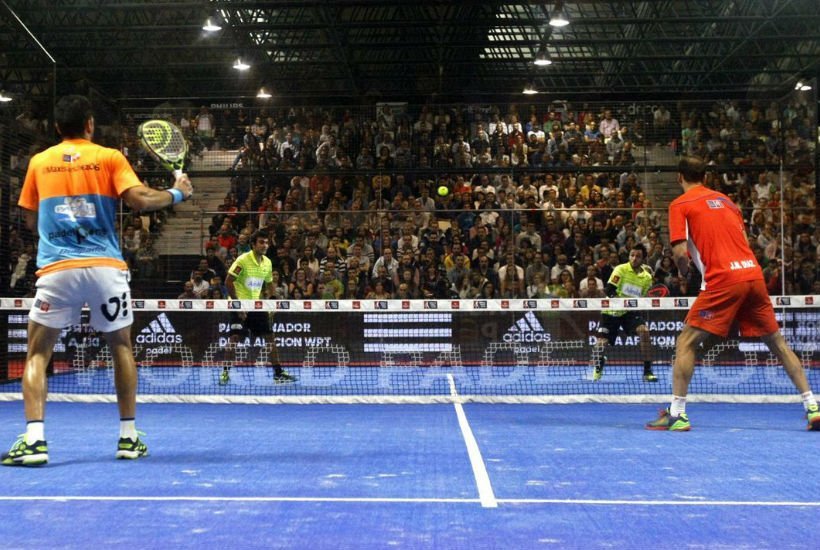Are you worried about yours padel service and you don't know if you will be able to do it correctly once you take the field?
Don't you have the slightest idea of the regulation that applies in this phase of the game? Do you need some advice on this?
Don't worry, we at Racchettiamo are here to help you find out everything there is to know about the service.
Once you've finished reading, you can call friends, organize a game and serve without fear of making a bad impression.
Padel Batting Rules

Let's start with rules that apply to service in padel, many more than those that populate normal exchanges.
To begin with, each game brings with it a change of hitter, who will hold serve until the end of said game.
This is unless you are in the process of tie break, where the first player to bat bats once and the others bat twice.
At the beginning of the game, the pair that starts to serve is decided by a "friendly" exchange of shots, where whoever misses loses the opportunity to serve.
Once one of the two couples has immediately a point, the others take the ball and verbally decide who will have to serve first.
Once the game is closed (if you don't know the padel score, you can see it in our article), the serve passes to one of the two opponents.
Passed this too, obverse reverts to the first pair but to the player who hasn't served yet, since everyone has a duty to serve.
You look for the best padel racket grip, the clothing or le beginner's rackets? You can find them in these guides.
Execution of shots and fouls

Now that we've seen the batting order, let's move on to something a little more practical, namely how to physically execute a serve in padel and possible fouls.
The padel is different from the tennis and the serve is not made by throwing the ball in the air and "smashing it" as in this sport.
Here you have to drop the ball to the ground and hit it on the rebound, as it is climbing towards your hand.
The serve can only be performed diagonally, never towards the player in front, bouncing the ball into the opposite rectangle adjacent to the net.
This rectangle starts in contact with the net, ends 4 meters before the back wall and is divided by the midfield line.
Furthermore, during the serve, the ball must first hit this rectangle, but then it cannot land anywhere.
It has to go and bounce back on the pitch or on the back or side glass, but not on that part of the iron wall without the crystal.
If it bounces there, then it is a foul. But so when repeating the joke to padel?
In case of a first foul, the serve is repeated but, if the player commits a new foul, it will be given point to opponents.
If, during the serve, the ball touches the net, then it's called net and repeats itself without assigning any foul (provided the ball bounces in the right rectangle).
If you want to know the padel field size, then you can take a look at our article.
When to do Punto a paddle?

The point at padel (or paddle for some) comes when the opposing player he is unable to return the blow and the ball bounces twice on the pitch.
If, on the other hand, it touches the field + the wall, then the point is not awarded provided that the player can send it back to the other side.
To respond you can hit and make the ball go on your back crystal, but not on the walls or side crystals.
Once the net has been passed, the ball must first touch the field at any point (except when serving) and, only after, can it end up on the walls.
If the ball goes directly to one of the walls without bouncing first, is considered out and a point for the opponents.
If the ball touches the field and then leaves the pitch (from a door or going over walls), it is a point for whoever hit.
If the ball, due to some strange effect, touches the opponent's field and then goes back without being hit by a player, the score goes to whoever performed the stroke.
At this link, you will find the best padel rackets ever!
If you are looking for the best shoes, bags or accessories for the padel, find them here.
Conclusions
These are all rules related to serving in padel, study them carefully as they can cost you a loss.
Learning to serve is, perhaps, one of the simplest parts of this game, as it is not a shot on which particular hopes of a point are pinned.
The aces in padel are very improbable, so an honest serve is enough to be able to play without having to feel at fault.